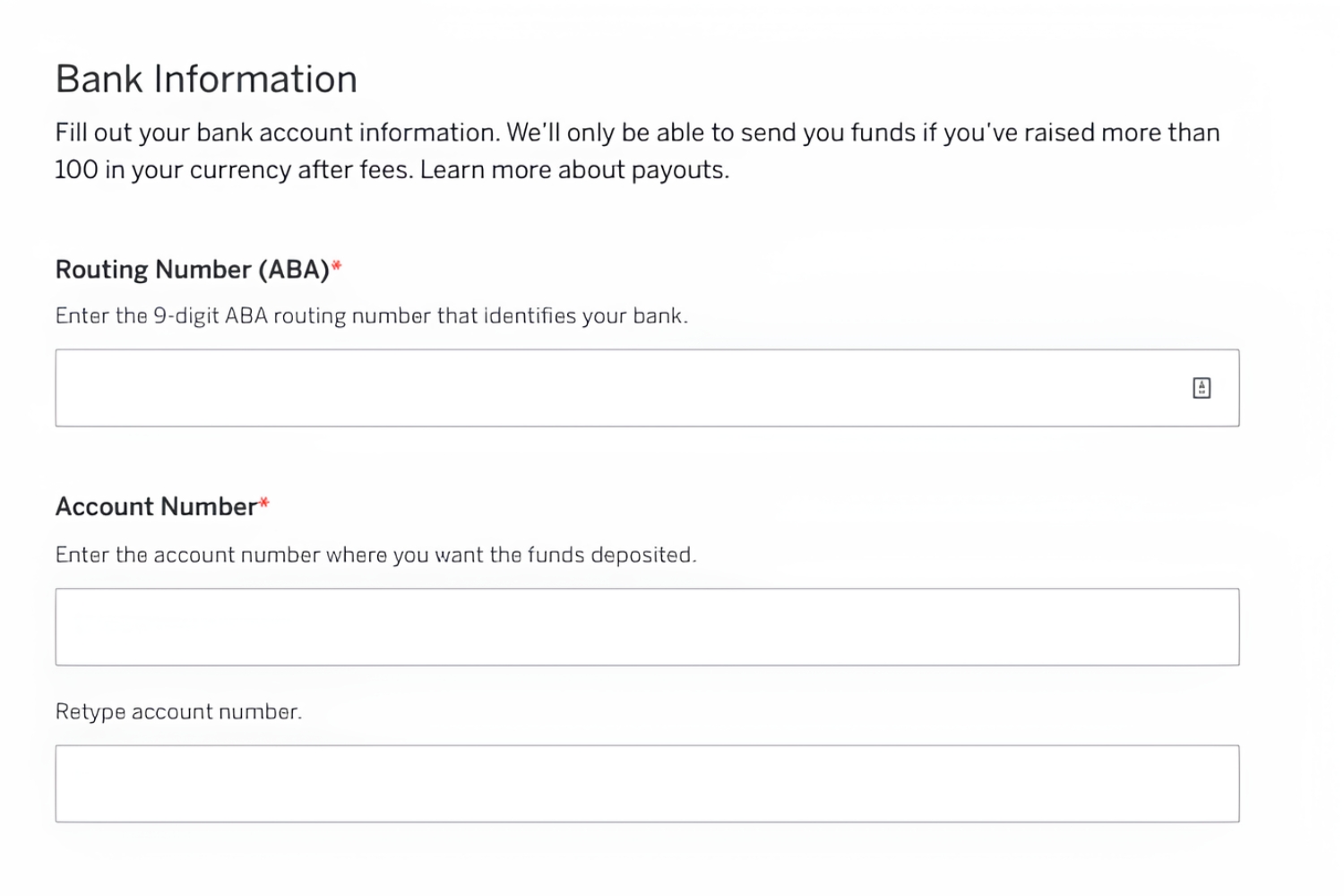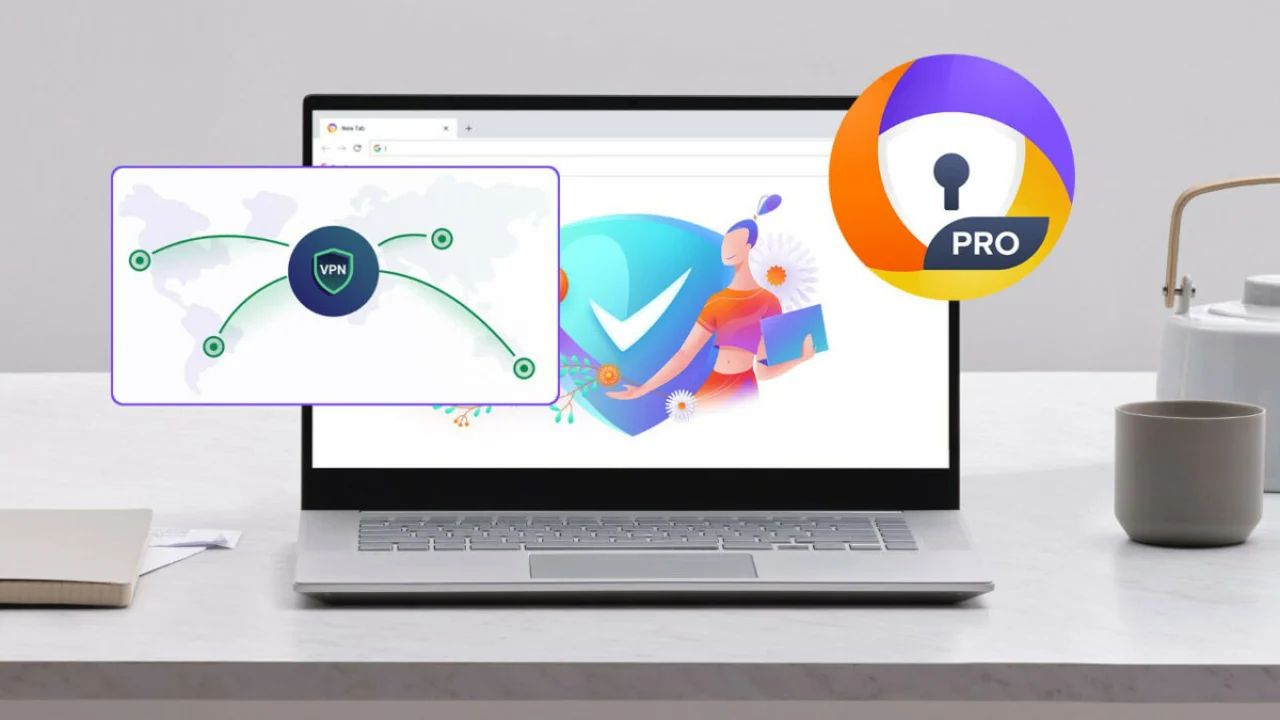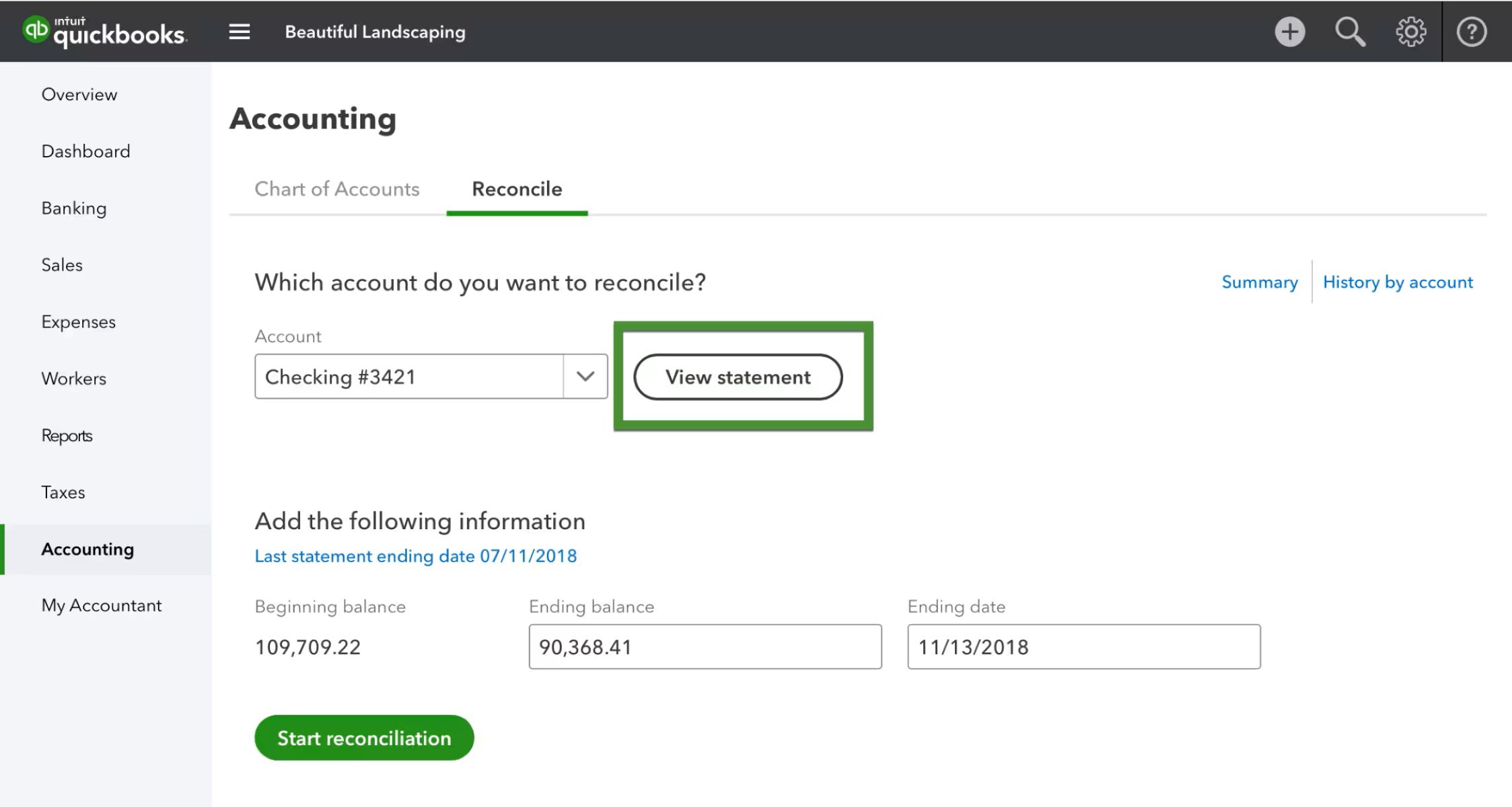Introduction
Welcome to the world of step banking! In today’s digital age, traditional banking has evolved to accommodate modern lifestyles, leading to the rise of innovative banking solutions. Step banking is one such concept that has gained popularity in recent years.
But what exactly is step banking? How does it work? And what are the advantages and disadvantages? In this article, we will delve into the world of step banking to unravel the answers to these questions and provide you with insights into this emerging trend in the banking industry.
Step banking refers to a banking approach that offers a more streamlined and convenient experience for customers. It integrates various financial products and services into a single platform, empowering individuals to manage their finances efficiently.
In traditional banking, customers often had to visit multiple local banks or financial institutions to access different products and services. This banking model was not only time-consuming but also required maintaining separate accounts and dealing with complex paperwork.
Step banking changes this landscape by providing a centralized platform where customers can seamlessly access a wide range of financial services. These services can include checking and savings accounts, personal loans, credit cards, investment options, and even innovative features like budgeting tools and financial education resources.
By consolidating these services into one platform, step banking simplifies financial management for customers. With just a few taps on their smartphones or clicks on their computers, individuals can perform various banking activities and gain a comprehensive view of their finances.
One of the key advantages of step banking is its convenience. The digital nature of step banking allows customers to access their accounts and perform transactions from anywhere at any time. Gone are the days of standing in long queues at the bank or being limited by banking hours.
Moreover, step banking often employs intuitive user interfaces and mobile applications, making the banking experience more user-friendly and accessible. These platforms usually provide features like real-time balance updates, transaction history tracking, and instant notifications, ensuring that customers stay on top of their finances effortlessly.
In addition to convenience, step banking also offers potential cost savings for customers. Traditional banking models often involve fees for various services, such as account maintenance, ATM usage, international transactions, and wire transfers. However, step banking providers typically aim to minimize or eliminate these fees, making banking more affordable and accessible for a wider range of individuals.
Now that we have a basic understanding of step banking and its benefits, let’s explore how exactly step banking works in the next section.
Definition of Step Banking
Step banking can be defined as a modern banking approach that integrates various financial products and services into a centralized platform. It aims to provide a seamless and convenient banking experience for customers by allowing them to access multiple banking services from a single app or website.
Unlike traditional banking models where customers need to open accounts and manage their finances with different institutions, step banking consolidates these services into one platform. This means that individuals can have a checking account, savings account, access to loans, credit cards, and investment options, all in one place.
With step banking, customers can perform a range of banking activities such as checking account balances, transferring funds, paying bills, applying for loans, and tracking expenses, all from the convenience of their smartphones or computers. The platforms typically offer user-friendly interfaces and intuitive mobile applications that make managing finances simple and accessible.
Step banking also often emphasizes the use of technology and digital innovations to enhance the banking experience. Features like real-time balance updates, transaction history tracking, budgeting tools, and personalized financial recommendations make it easier for customers to stay in control of their finances.
Moreover, step banking is not limited to traditional banking services. It can also include additional features like peer-to-peer payments, digital wallets, and integration with third-party financial services. This expands the scope of step banking and provides customers with a more comprehensive and holistic financial management solution.
It is important to note that step banking is not limited to established banking institutions. Fintech startups and digital-only banks have also embraced this concept, offering innovative and customer-centric banking services. These new players often leverage technology to streamline processes, reduce fees, and provide personalized experiences that empower customers in managing their financial well-being.
Overall, step banking revolutionizes the way individuals manage their finances by offering a centralized platform that brings multiple financial services together. It simplifies banking, enhances convenience, and provides a range of features and benefits that cater to the evolving needs of customers in today’s digital era.
How Step Banking Works
Step banking operates on the principle of integrating various financial products and services into a single platform, making it easier for customers to manage their finances. Let’s take a closer look at how step banking works:
1. Account Setup: The first step is to create an account with a step banking provider. This can usually be done through their website or mobile app. Users will be required to provide personal information and complete any necessary identity verification processes.
2. Product Selection: After creating an account, customers can explore the range of financial products and services offered by the step banking provider. This may include options such as checking and savings accounts, personal loans, credit cards, and investment opportunities. Users can choose the products that best suit their needs and financial goals.
3. Funding: To make use of the step banking features, users need to fund their accounts. This can be done by linking a traditional bank account to the step banking platform and initiating a transfer. Some step banking providers also allow users to deposit funds through other methods, such as direct deposits.
4. Account Management: Once the account is funded, customers can access their accounts through the step banking platform. This can be done through a mobile app or a web portal. Users can view their account balances, track transactions, and perform various banking activities like transferring funds, paying bills, and managing investments.
5. Additional Features: Step banking platforms often offer additional features to enhance the user experience. This may include functionalities like spending trackers, budgeting tools, financial insights, and personalized recommendations. These features contribute to better financial management and help users make informed decisions.
6. Security Measures: Step banking providers prioritize the security of their customers’ financial data. They employ various security measures such as encryption, multi-factor authentication, and frequent security updates to ensure the safety of user accounts and transactions.
7. Customer Support: In case users encounter any issues or have questions regarding their step banking experience, customer support is available. Customers can reach out to the step banking provider through phone, email, or live chat for assistance.
It’s important to note that each step banking provider may have its own unique processes and features. Therefore, it’s advisable for users to explore the specific details and functionalities of different step banking platforms to find the one that aligns with their financial needs and preferences.
Overall, step banking simplifies financial management by centralizing multiple banking services into one platform. It offers convenience, accessibility, and a range of features designed to empower individuals in effectively managing their finances.
Advantages of Step Banking
Step banking offers numerous advantages that make it an attractive option for individuals looking for a modern and convenient banking experience. Let’s explore some of the key advantages of step banking:
1. Convenience: One of the primary benefits of step banking is its convenience. With a step banking platform, customers can access and manage various financial services from a single app or website. This eliminates the need to have multiple accounts with different institutions and simplifies the overall banking process.
2. Streamlined Financial Management: Step banking allows individuals to consolidate their financial activities in one place. They can view their account balances, track transactions, transfer funds, and even monitor investments all from a centralized platform. This simplifies financial management by providing a comprehensive overview of their finances.
3. 24/7 Accessibility: Step banking platforms are available 24/7, providing users with round-the-clock access to their accounts and banking services. This eliminates the constraints of traditional banking hours and allows individuals to perform transactions or seek assistance at any time that suits them.
4. User-Friendly Interfaces: Step banking platforms typically offer user-friendly interfaces and intuitive mobile applications. These interfaces are designed to be easy to navigate, making it simple for customers to perform banking activities and access the information they need without any hassle.
5. Cost Savings: Step banking providers often aim to minimize or eliminate fees associated with traditional banking services. This can include account maintenance fees, ATM usage fees, international transaction fees, and more. By reducing these costs, step banking makes banking more affordable for customers.
6. Enhanced Security: Step banking platforms prioritize the security of their customers’ financial data. They employ advanced security measures such as encryption, multi-factor authentication, and regular security updates to ensure the safety of user accounts and transactions.
7. Financial Insights: Many step banking platforms provide users with valuable financial insights and tools. These features can include spending trackers, budgeting tools, and personalized recommendations based on spending patterns. Such insights empower individuals to make informed financial decisions and improve their overall financial well-being.
8. Integration with Third-Party Services: Step banking platforms often integrate with various third-party financial services. This allows customers to easily connect their step banking accounts with other financial tools, such as digital payment platforms, investment apps, and personal finance management applications.
Overall, step banking offers a range of advantages, from convenience and streamlined financial management to cost savings and enhanced security. By embracing step banking, individuals can take control of their finances and experience a modern banking approach that caters to their evolving needs in the digital age.
Disadvantages of Step Banking
While step banking brings many benefits, it is important to consider the potential drawbacks that come with this modern banking approach. Let’s explore some of the disadvantages of step banking:
1. Limited Physical Presence: Unlike traditional banks, step banking providers usually operate solely online or have limited physical branches. This can be a disadvantage for individuals who prefer in-person interactions or need access to physical banking services like cash deposits or face-to-face customer support.
2. Technology Dependency: Step banking relies heavily on technology and digital platforms. In the event of technical issues, system failures, or cybersecurity breaches, users may experience disruptions in accessing their accounts or conducting transactions. This technology dependency can potentially pose risks for those who are not comfortable with digital platforms.
3. Lack of Personalized Service: With step banking, the level of personalized service from banking professionals may be limited. While some step banking platforms provide customer support, it may not be as personalized or readily available as in traditional banks, where customers can have face-to-face interactions with account managers or advisors.
4. Reliance on Internet Connectivity: Step banking requires a stable internet connection for users to access their accounts and perform transactions. Individuals in areas with limited internet access or unreliable connectivity may face challenges in utilizing step banking services consistently.
5. Potential Security Risks: Although step banking platforms employ advanced security measures, there is always a risk of cybersecurity threats. Users need to be vigilant about protecting their personal information, using secure networks, and practicing good cybersecurity habits to mitigate potential risks.
6. Less Diverse Product Offerings: Some step banking platforms may have a limited range of financial products and services compared to traditional banks. This can be a disadvantage for individuals who require specialized banking products or seek a wider variety of options to meet their financial needs.
7. Loss of Human Touch: The convenience of step banking often comes at the expense of the personal touch provided by traditional banks. Some individuals may miss the personal interactions, relationship building, and personalized advice that comes with face-to-face banking experiences.
8. Potential Limited Accessibility: While step banking provides convenience for many, it may not be accessible for everyone, particularly individuals in underserved areas or those with limited access to technology. This can create a financial divide and exclude certain segments of the population from benefiting from step banking services.
It is important for individuals to carefully consider these disadvantages, weighing them against the advantages, when deciding whether step banking is the right fit for their financial needs and preferences.
Tips for Choosing a Step Bank
Choosing the right step bank is crucial to ensure a positive and fulfilling banking experience. Here are some helpful tips to consider when selecting a step bank:
1. Research and Compare: Take the time to research and compare different step banks. Look into their features, services offered, fees, and customer reviews to get a better understanding of what they offer and how they are perceived by customers.
2. Consider Your Needs: Evaluate your financial needs and priorities. Do you need a basic account with simple online banking features, or are you looking for a step bank that offers a wide range of financial products and advanced digital tools? Consider the specific features that matter most to you.
3. Consider Security Measures: The security of your financial information is of utmost importance. Look for step banks that prioritize robust security measures, such as encryption, multi-factor authentication, and regular security updates. Ensure that the step bank you choose meets industry standards for data protection.
4. Check Supported Devices: Verify that the step bank’s platform and mobile app are compatible with the devices you use. Ensure that the app is available for your operating system (Android or iOS), and check if the step bank supports all the features you require on your preferred device.
5. Review Fees and Charges: Understand the fee structure of the step bank you are considering. Look for any hidden fees or charges for services that you may regularly use, such as ATM withdrawals, international transactions, or account maintenance. Choose a step bank that offers transparent and competitive fee options.
6. Customer Support: Evaluate the quality and availability of customer support. Check if the step bank offers multiple channels for customer assistance, such as phone, email, or live chat. Prioritize step banks that provide timely, knowledgeable, and responsive customer service.
7. Check Integration with Third-Party Services: If you already use third-party financial apps or services, consider a step bank that seamlessly integrates with these platforms. This will allow you to connect your step bank account with other tools you use for budgeting, investing, or personal financial management.
8. Consider Reputation and Trustworthiness: Research the step bank’s reputation and track record in the industry. Look for established banks or fintech companies with a strong presence and positive customer feedback. Trustworthiness and stability are important factors when entrusting your finances to a step bank.
9. Read Terms and Conditions: Carefully read and understand the terms and conditions of the step bank before opening an account. Pay attention to important details such as the privacy policy, account closure procedures, and any limitations or restrictions on certain services.
10. Try a Test Account: Some step banks offer the option of opening a test or trial account to explore their features and functionality before fully committing. Take advantage of this opportunity to get a hands-on experience and assess if the step bank meets your expectations.
By following these tips and considering your individual financial needs and preferences, you can make an informed decision when choosing a step bank that aligns with your goals and enhances your banking experience.
Conclusion
Step banking has transformed the way individuals manage their finances, offering a convenient and streamlined banking experience. With its centralized platforms and integration of various financial services, step banking empowers individuals to take control of their financial well-being.
By consolidating banking activities into one platform, step banking simplifies financial management, eliminates the need for multiple banking relationships, and provides a comprehensive view of one’s accounts and transactions. It offers convenience, accessibility, and a range of features designed to cater to the evolving needs of customers in the digital age.
However, it is important to consider the potential drawbacks of step banking, such as limited physical presence, potential technology dependencies, and the loss of personalized service. Individual preferences and circumstances should be carefully weighed when deciding whether step banking is the right fit.
When choosing a step bank, thorough research and comparison are essential. Factors to consider include security measures, supported devices, fee structures, customer support, integration with third-party services, and the step bank’s reputation and trustworthiness.
Ultimately, step banking offers a modern approach to banking that embraces technology, enhances convenience, and empowers individuals to achieve their financial goals. By embracing step banking, individuals can benefit from a seamless and efficient banking experience that aligns with their needs and preferences in today’s digital era.

























